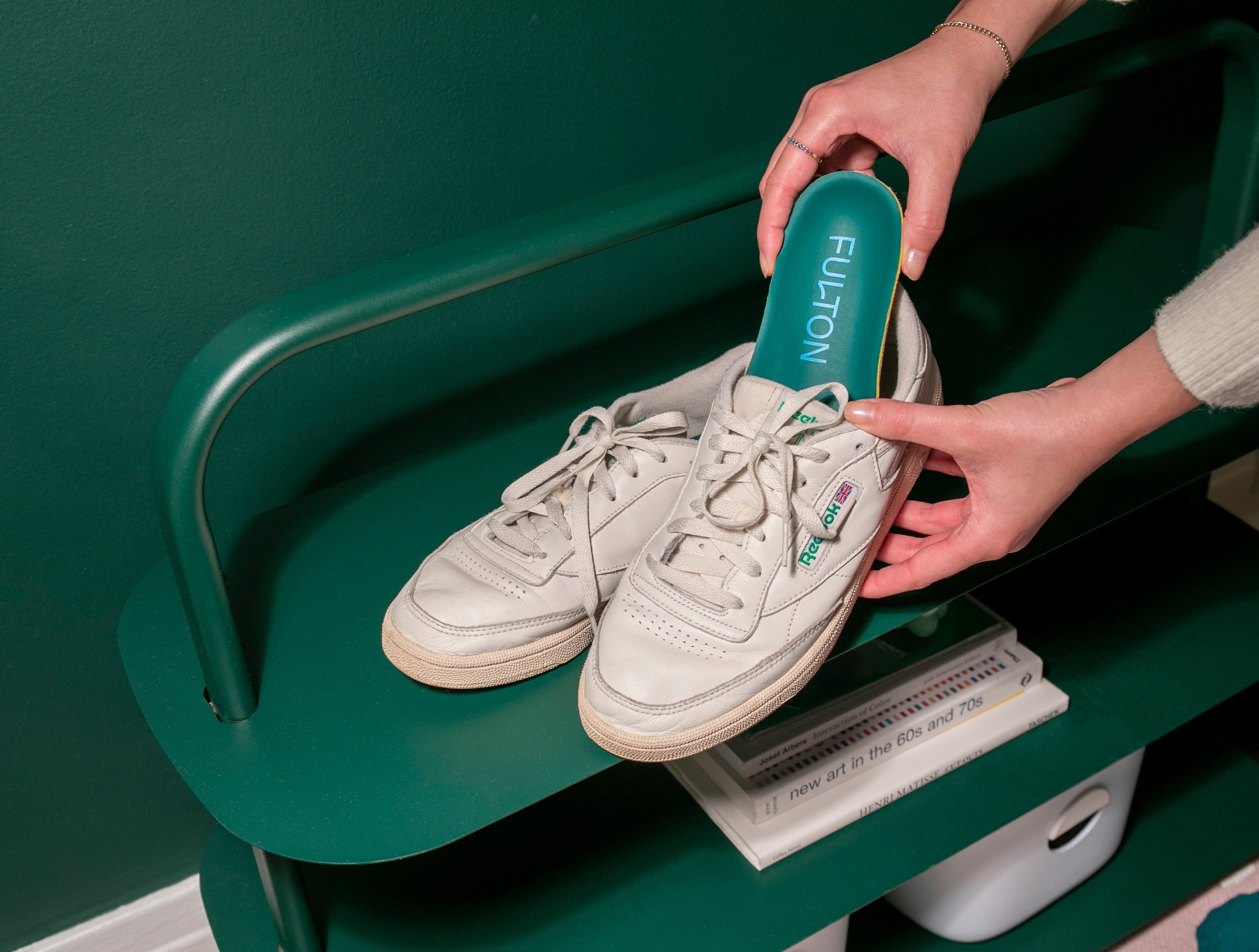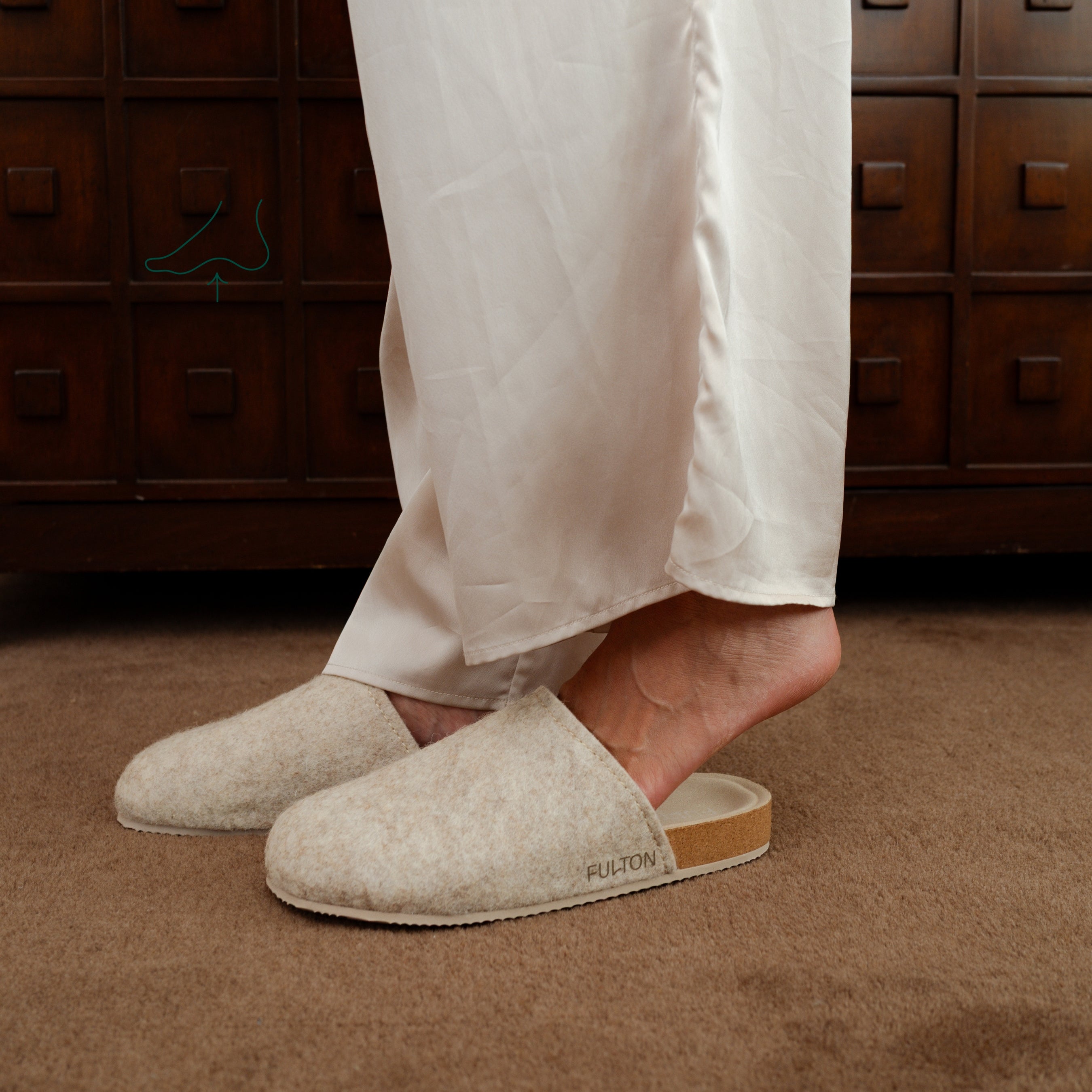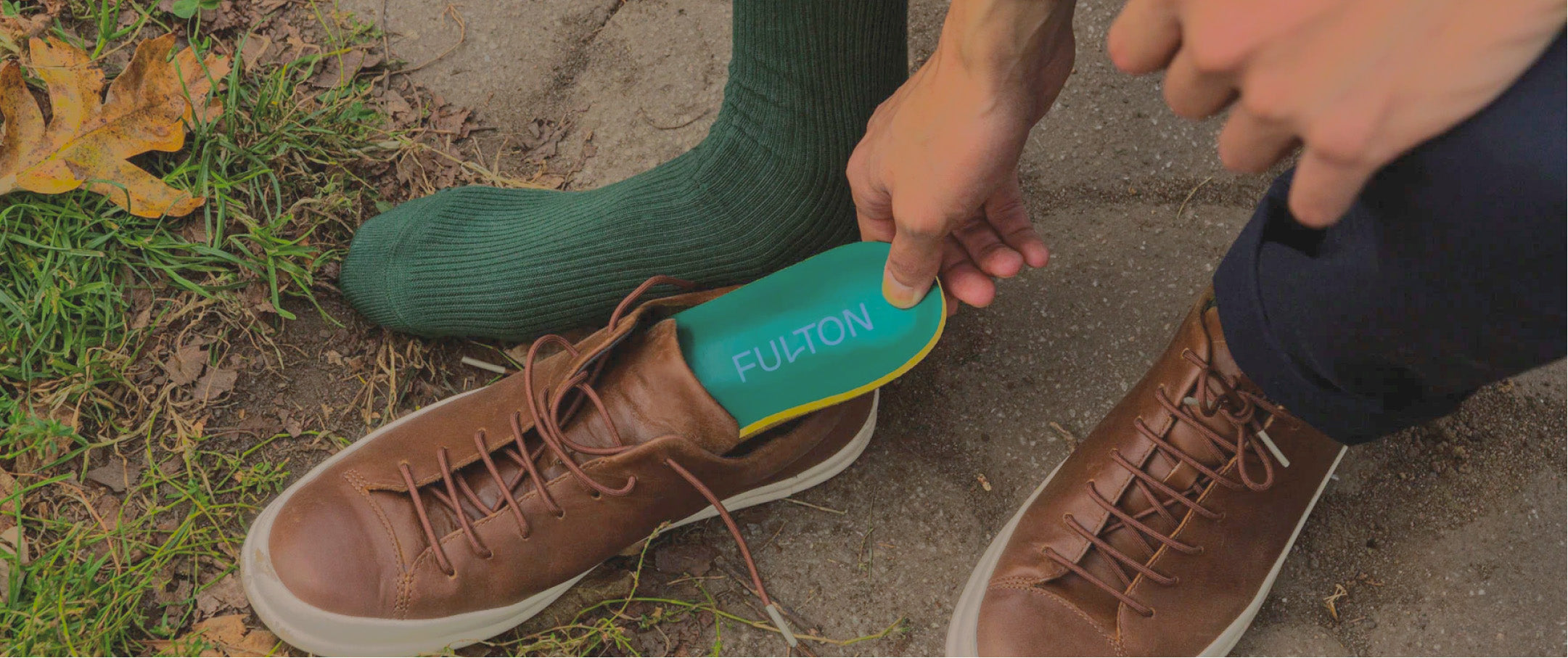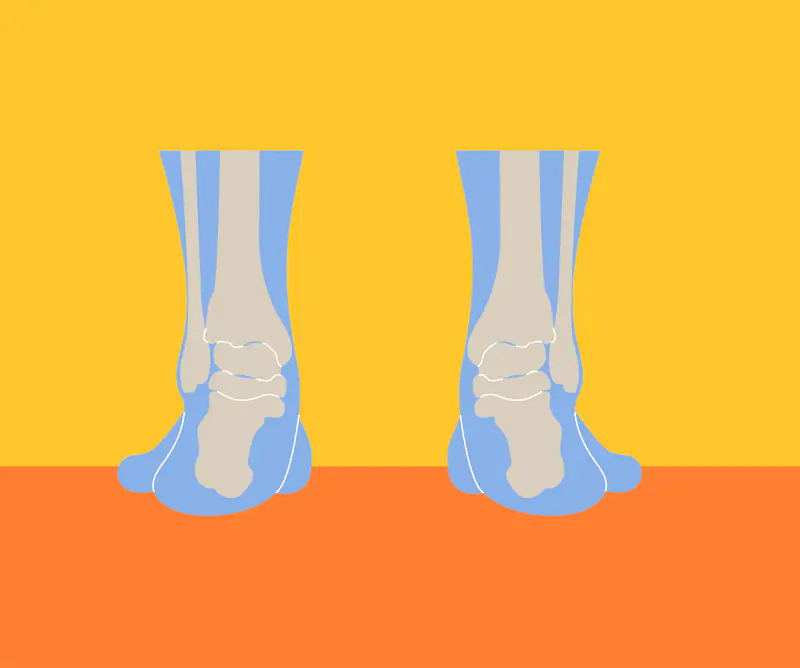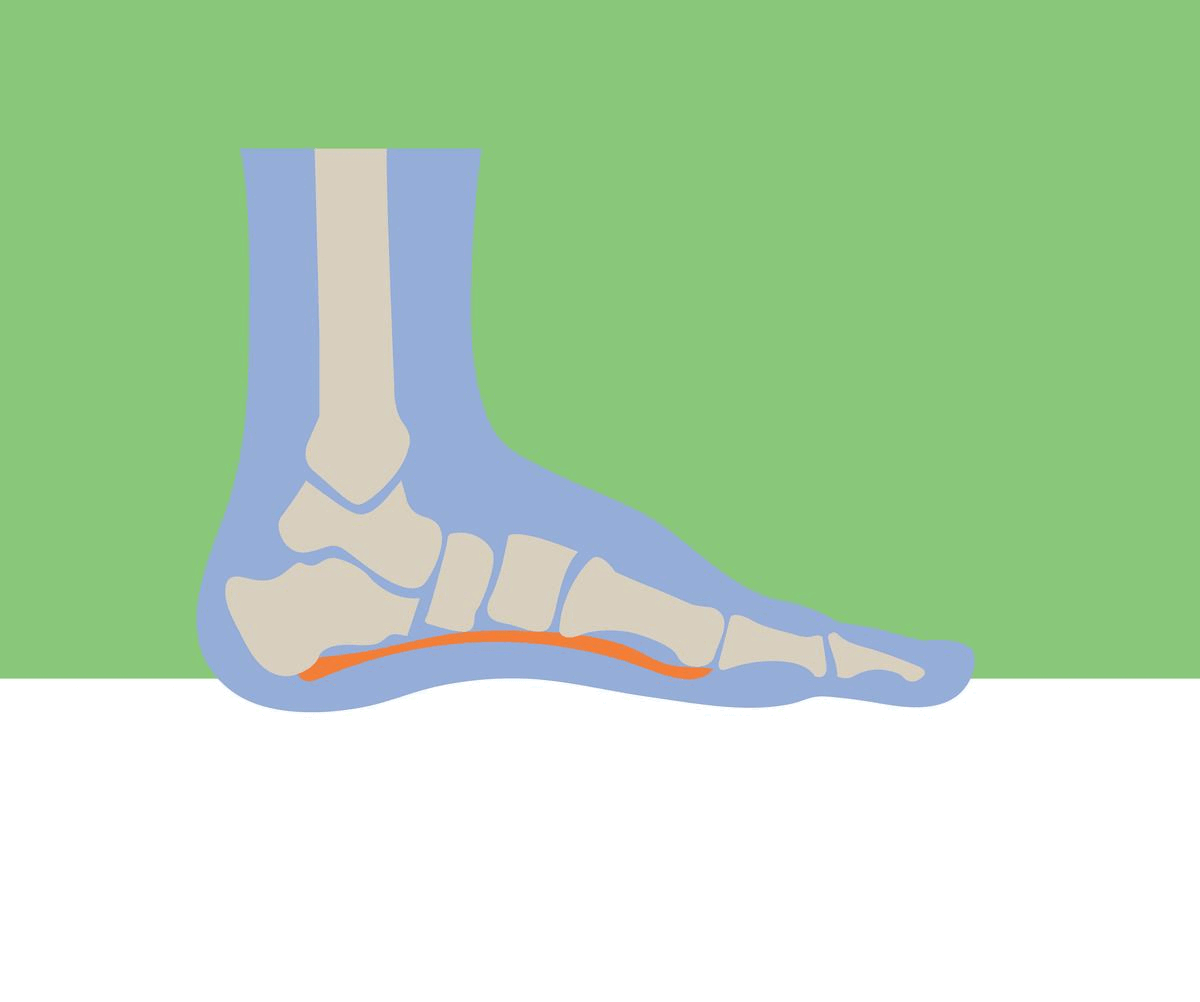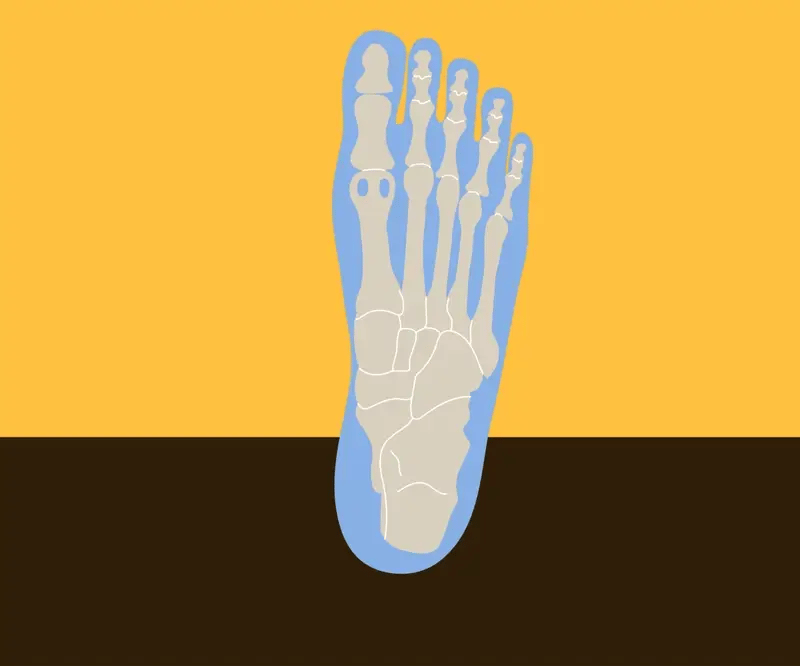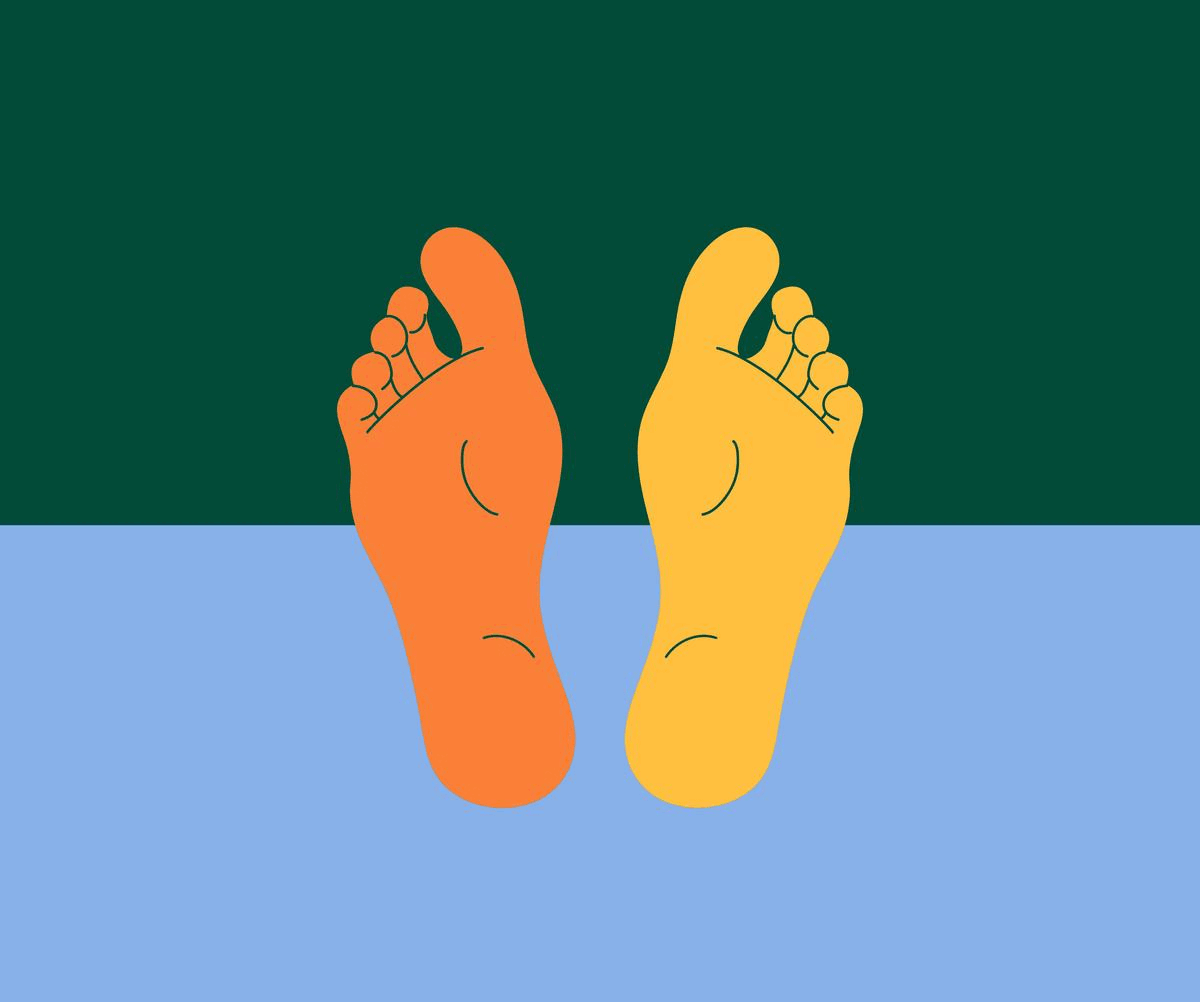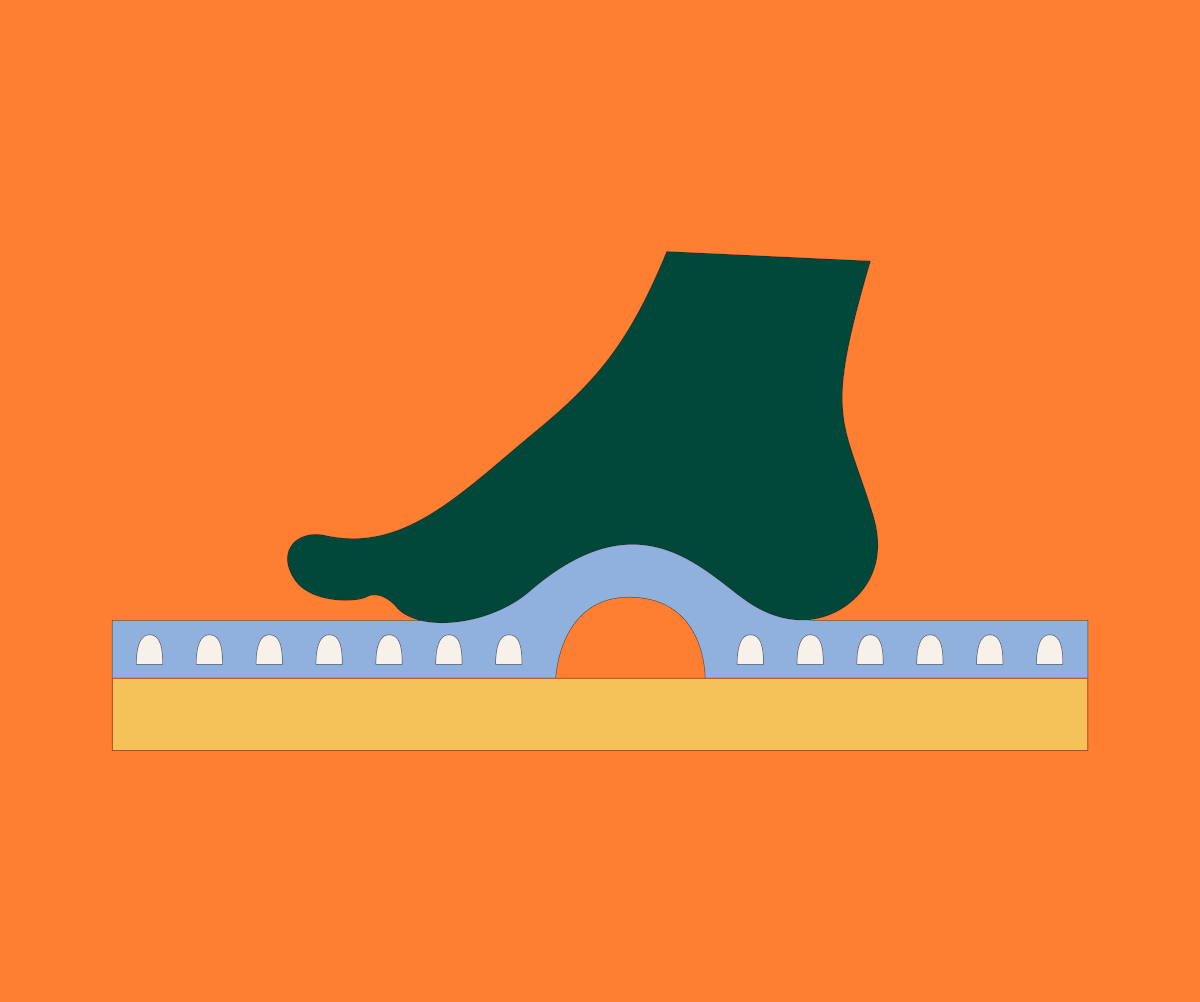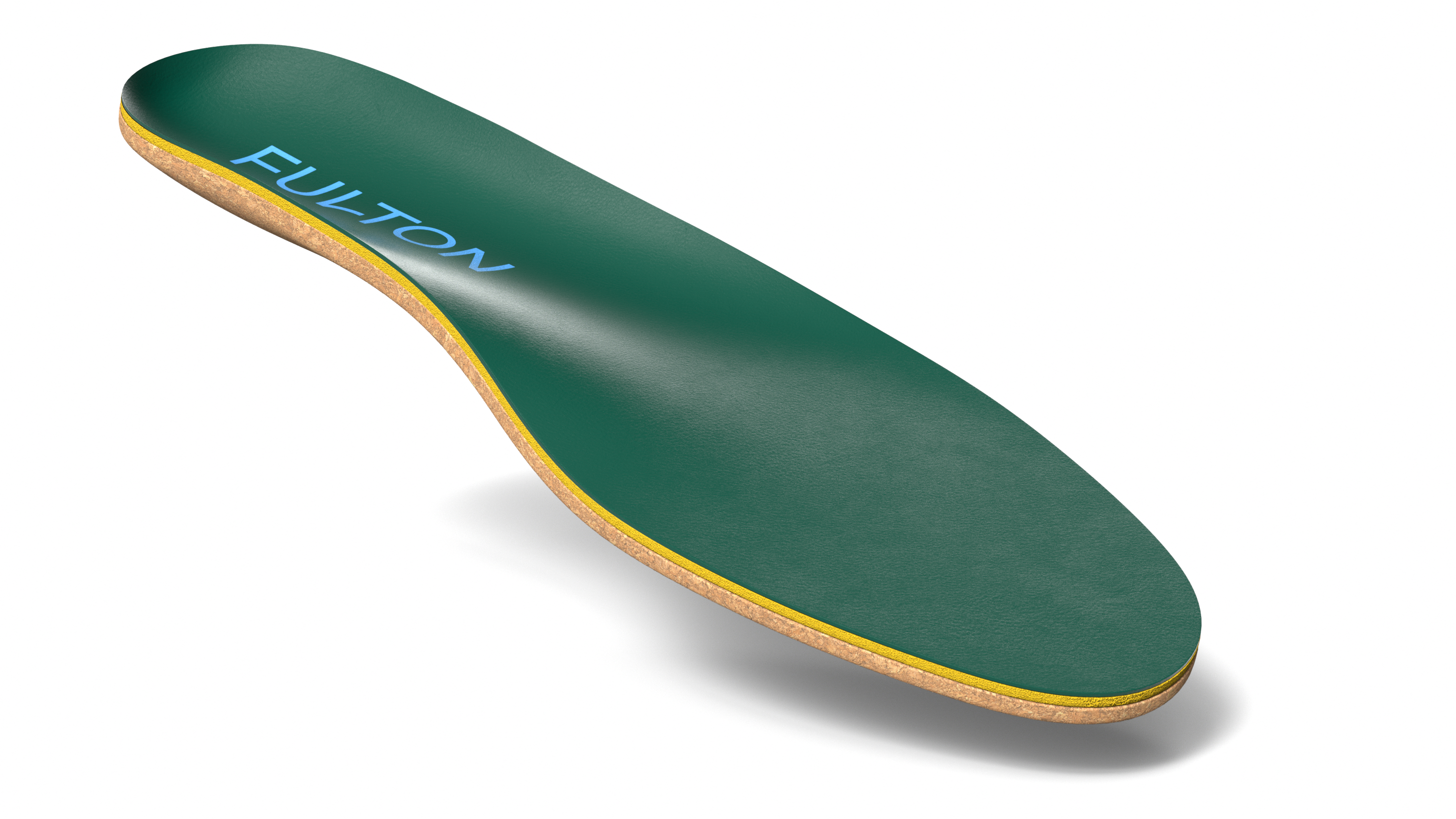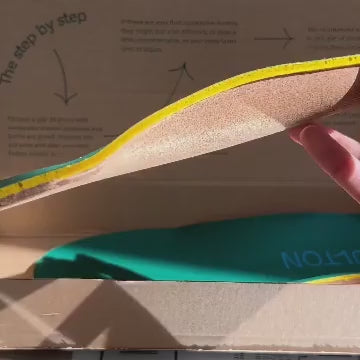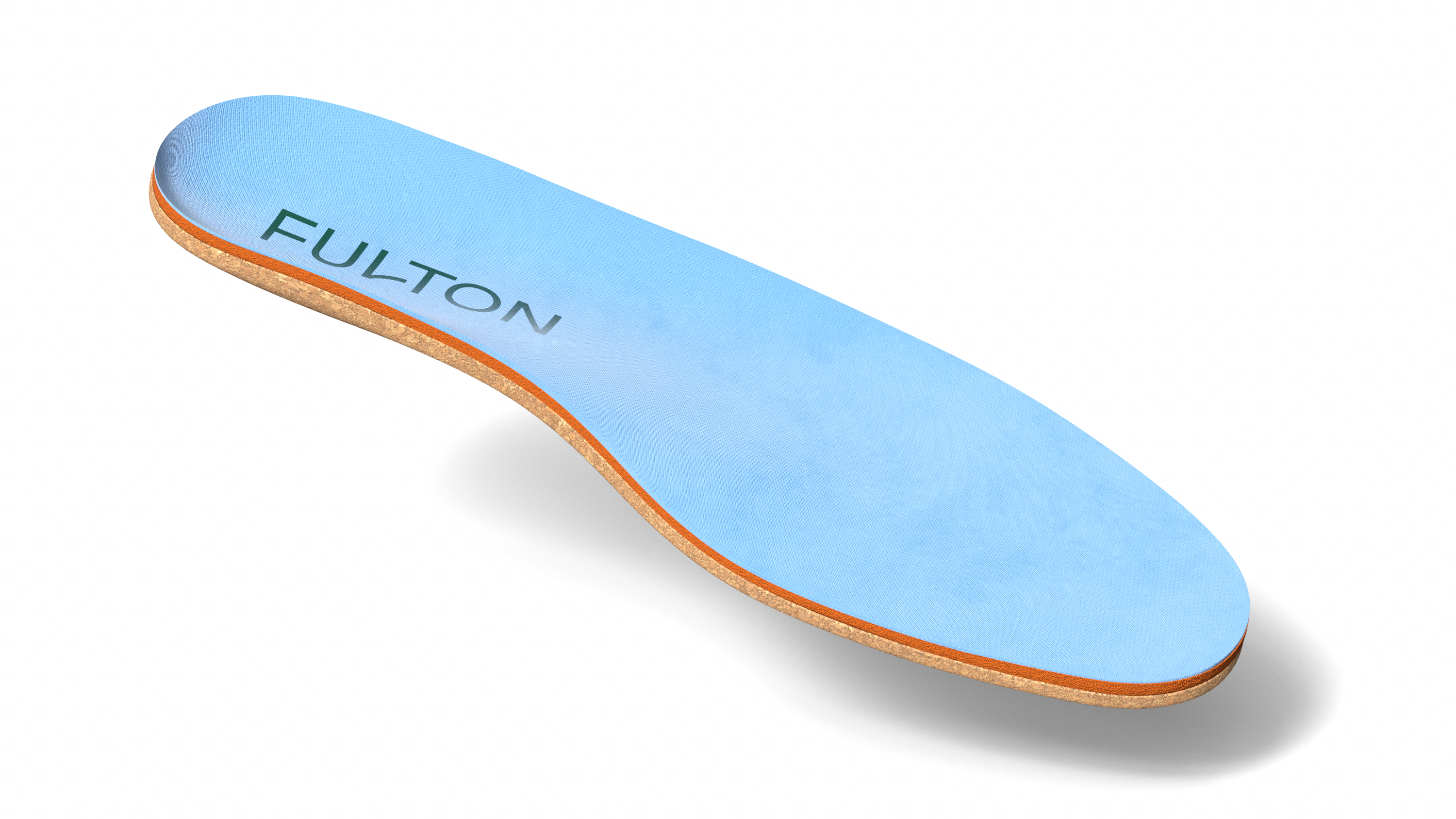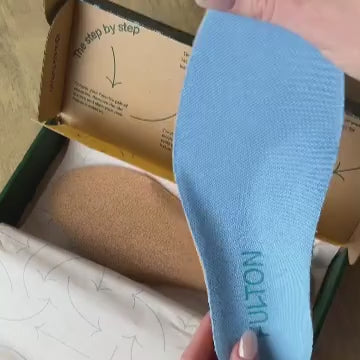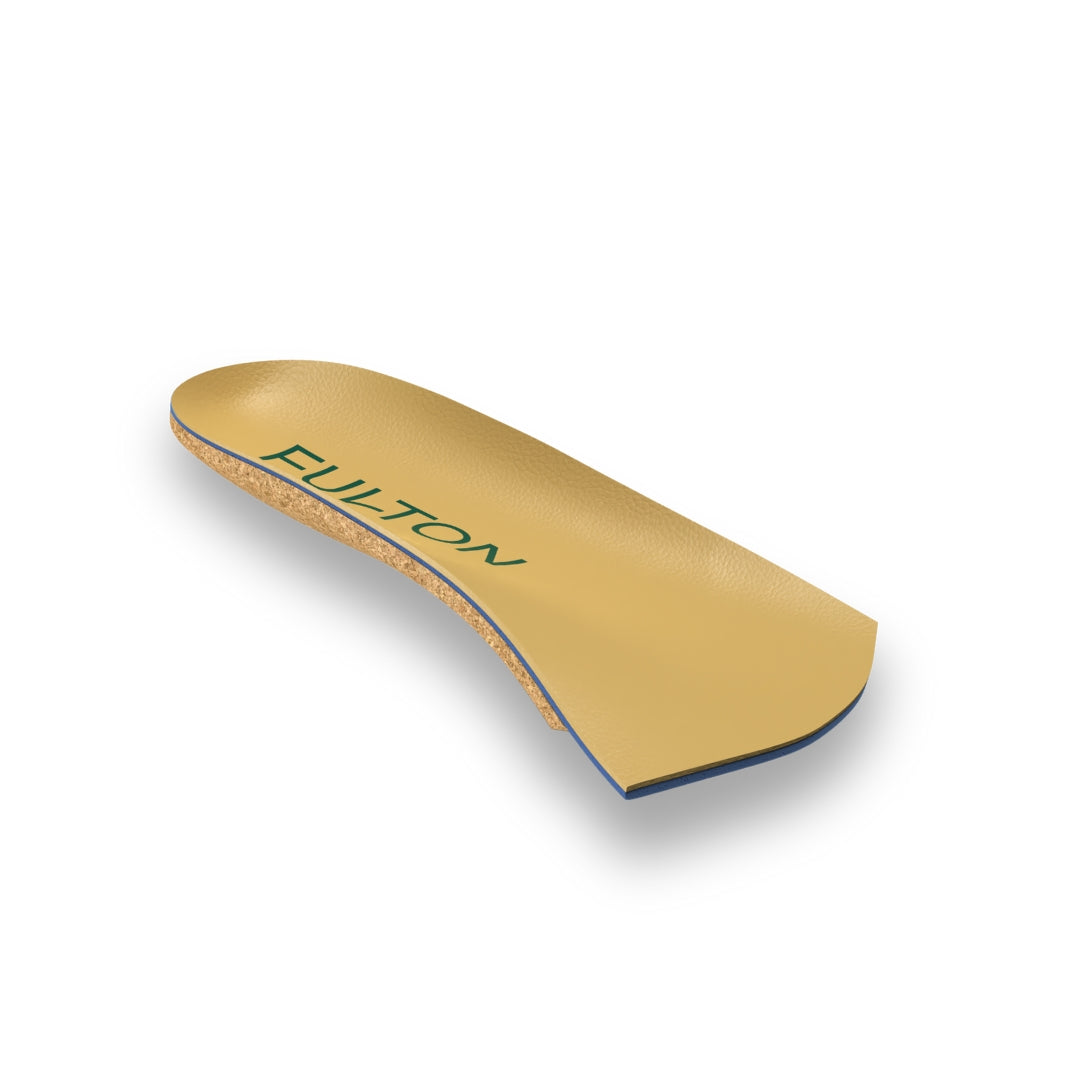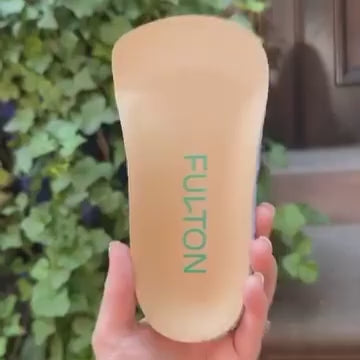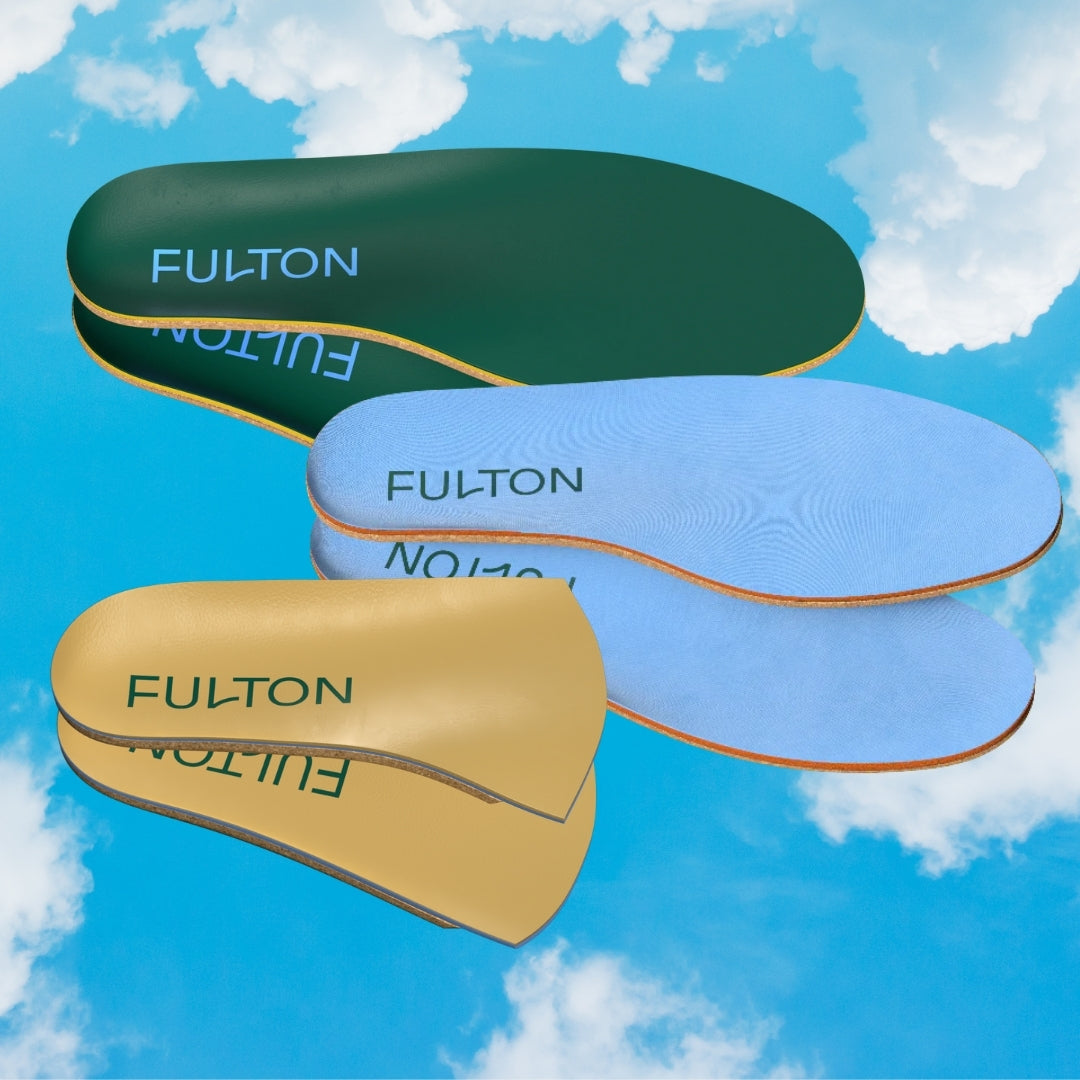Here are some signs that your plantar fasciitis is healing:
- The pain is getting less severe. This is the most obvious sign that your plantar fasciitis is improving. As the inflammation subsides, the pain should gradually decrease.
- The pain is only present after prolonged periods of activity. Once the inflammation has gone down, you should only experience pain after standing or walking for long periods of time.
- You are able to participate in your usual activities without pain. Once your plantar fasciitis is healed, you should be able to return to your normal activities without any pain.
- Improved Morning Stiffness: Plantar fasciitis often causes severe morning stiffness, making those initial steps after waking up extremely painful. However, as your condition improves, you'll notice a reduction in morning stiffness and discomfort.
- Reduced swelling: Swelling is a common symptom of plantar fasciitis. As your condition heals, you'll likely observe a decrease in swelling around the affected area. This reduction in inflammation is a positive indication that your plantar fascia is on the mend.
- Increased mobility: With healing, you'll notice an improvement in your foot's range of motion and flexibility. Activities like walking, running, and standing for extended periods will become easier and less painful over time.
If you are experiencing any of these signs, it is a good indication that your plantar fasciitis is healing. However, it is important to continue with your treatment plan even after the pain has gone away. This will help to prevent the condition from coming back.
Why Supportive Insoles Are Important for Preventing Plantar Fasciitis from returning or worsening.
Once it feels like your Plantar Fasciitis has healed, the last thing you want is for it to come back. Supportive insoles can help to prevent plantar fasciitis from returning by providing arch support to prevent the Plantar Fascia from stretching. They can also help to correct alignment and reduce stress on the plantar fascia.
If you are at risk for plantar fasciitis, or if you have already been diagnosed with the condition, supportive insoles can be a valuable part of your treatment plan. They can help to reduce pain, speed up the healing process, and prevent the condition from coming back.
When choosing insoles, it is important to get a pair that is specifically designed for plantar fasciitis. These insoles will provide the support and cushioning that you need to relieve pain and prevent further damage to the plantar fascia. Fulton insoles are particularly good for preventing Plantar Fasciitis because of their:
- Custom arch support: Fulton insoles mold to your foot to provide customized support to perfectly support your plantar fascia and prevent it from stretching.
- Deep heel cup: Fulton insoles offer a deep heel cup - which can help to correct the alignment of the foot and ankle, which can help to prevent pain and injury.
- Shock absorbing materials: Cork is one of the most shock absorbing materials on the planet. It helps alleviate pain associated with Plantar Fasciitis, while also protecting your joints.
- Foam cushioning: Fulton insoles have a layer of natural latex foam, which provides cushioning to the foot, which can help alleviate pain and discomfort, even after long periods of time.
Some additional tips for preventing plantar fasciitis:
- Warm up before exercising. Stretching and warming up your feet before exercising can help to prevent injury.
- Wear supportive shoes. Shoes that provide good arch support and shock absorption can help to reduce stress on the plantar fascia.
- Lose weight if you are overweight. Excess weight can put extra stress on the plantar fascia, increasing your risk of developing plantar fasciitis.
- Stretch your feet regularly. Stretching your feet can help to keep the plantar fascia flexible and prevent injury. Learn about great Plantar Fasciitis massage.
- Avoid activities that cause pain. If you experience pain in your feet, avoid activities that make the pain worse. Learn what not to do with Plantar Fasciitis
If you have any questions about plantar fasciitis or how to prevent it, talk to your doctor. Read this blog post to learn more about how to prevent Plantar Fasciitis in one week.


